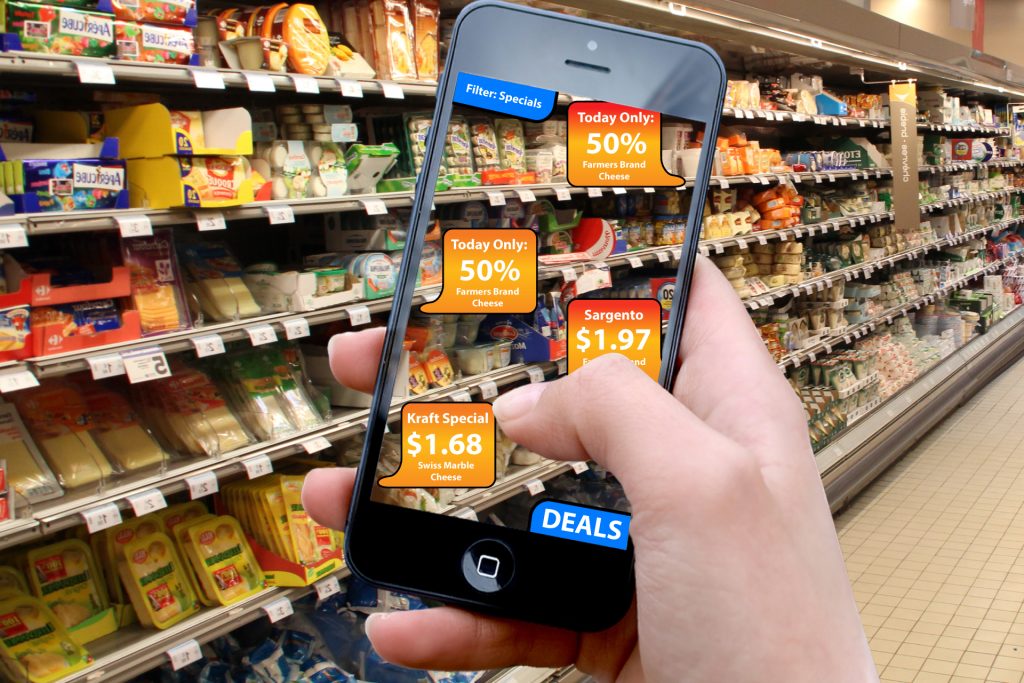The e-commerce has evolved a long way and has become a reliable channel for the retailers and brands. However, there are several customers who deny shopping online though they browse for the products they like. Still, they prefer to have a look and feel of the products in reality rather than its image over the Internet, buy and return it unsatisfied. Henceforth, several online visitors browse the products over the Internet and buy them at their nearest physical store.
Though Mobile App Development Companies have succeeded in beating online shopping with mobile apps, the loss of interactivity and faithful decision has led to shopping cart abandonment leading to loss of customers and revenue. The mobile apps have facilitated the online buyers to browse products at their fingertips, helpful in time saving as the consumers are able to shop anytime from anywhere.
Thus, retailers are compelled to create engaging and timely experiences for the shoppers in order to gain global customers and earn an appreciable profit. Contextually, the technology has grown reaching its heights making online shopping a real experience. Augmented reality app development (AR) is all set to fill the gap between the physical and online shopping experience prompting more customers to buy online.
Augmented Reality provides an immersive experience for the buyers as they blend the virtual objects into the shoppers’ environment in real-time. Among several factors that prompt the buyers to make a purchase, the AR apps development specified for the industry like apparels, goods, jewelry, real estate, and so forth is more encouraging as it enhances the consumer interaction to an appreciable level.
Let us see how AR helps the consumers to make a purchase decision.
Engaging buying Experience: When the customers shop online, they are left in a lurch to imagine and interpret the product they wish to buy just by its multiple images or compare it with the similar products bought by their friends or colleagues. The AR technology overcomes this challenge as it transforms their imagination into reality. When the customer is able to feel the product, they are able to purchase with certainty and AR succeeds in this context.
Customize Selections: The AR app developers have facilitated the consumers to explore the options like customization. They are able to make modifications like change of color, settings, and so forth according to their choice. For example: Furniture. This will help them to make orders as per their choice with a complete picture in mind.
Understand Product and its features: The consumers are able to see the working of the appliances or electronic goods before making a purchase. Moreover, they are able to take a picture and share with friends, discuss with the family and all from the online store.
Another best example is the simulators installed I the retail stores. When the consumer is looking for cosmetic products, it takes the photo of the face, digitally applies makeup to the photo, give recommendations, and facilitate the user to experiment with all kinds of beauty products before making a choice.
In a nutshell, AR technology is successfully leading the customers to make an impulsive buying. The trend of shopping is changing from roaming in the malls to browsing over websites over the desktop or mobile to impulsive buying where the line between the online and offline shopping is literally blurred to a greater extent.
